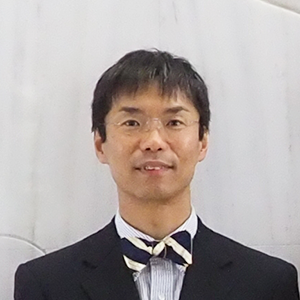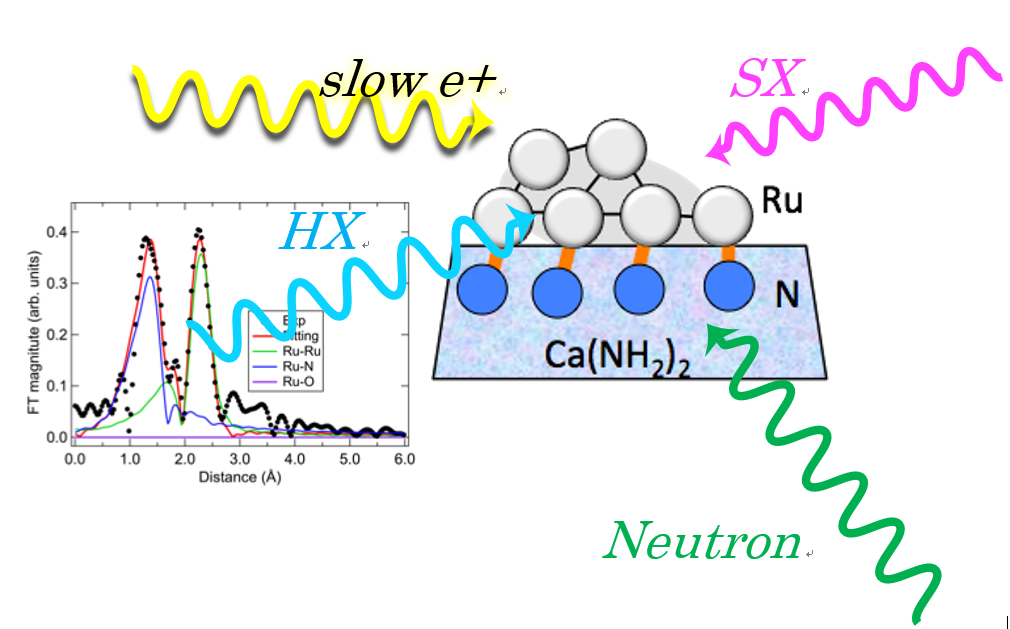
Catalysts are widely used in material synthesis, petrochemistry, automobiles, etc., and are one of the social infrastructures that support the creation of materials and energy. Catalysts are required to selectively and efficiently carry out reactions by transferring atoms, molecules, ions, or electrons between reactive species and catalyst particles or catalyst supports. Although often depicted in seemingly simple schematic diagrams, this can be said to be the flip side of the fact that the complex, heterogeneous, and non-uniform reactivity is in fact not well understood. In other words, understanding "homogeneous heterogeneity" at multiple scales in time and space is essential to achieve higher activity and performance of catalysts.
In this project, we will study various catalysts by (1) reaction observation using spectroscopy such as hard X-ray XAFS and various microscopy methods, (2) observation of light elements using soft X-ray XAS, XPS, etc., (3) observation of polar surfaces using slow positrons, (4) structural analysis focusing especially on hydrogen using neutrons, (5) theoretical calculation and information (5) drawing of the reaction mechanism using theoretical calculations and information science methods, and understanding the dynamic behavior of the elementary processes and the controlling factors of the rate-limiting step. Furthermore, we aim to understand the mechanisms of active and non-active sites (catalytic particles that do not work) that control macro properties (synthesis rate, TOF, activation energy).
ABE Hitoshi, NIWA Yasuhiro, YAMASHITA Shohei
HOSONO Hideo, KITANO Masaaki, YAMAURA Jun'ichi (Tokyo Institute of Technology)
ASAKURA Kiyotaka (Hokkaido University)
KONDO Hiroshi, TOYOSHIMA Ryo (Keio University)
MOCHIZUKI Izumi, HONDA Takashi (KEK)
Hard X-ray XAFS, Soft X-ray XAS, XPS,XRD,TRHEPD,LEPD,ND
 Capture the characteristics of working and non-working catalyst particles
Capture the characteristics of working and non-working catalyst particles